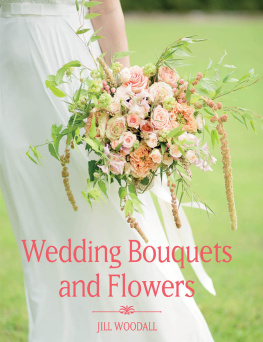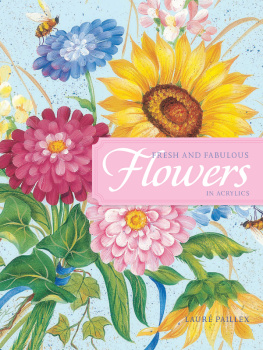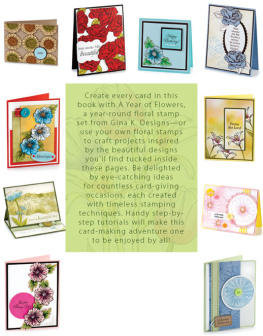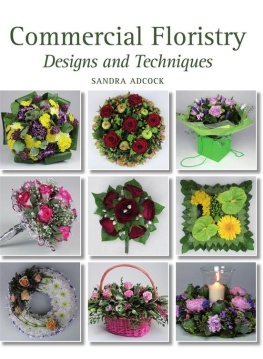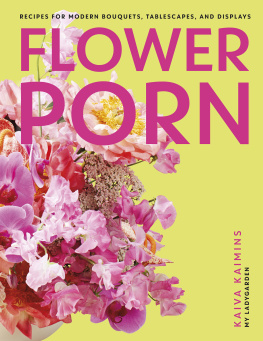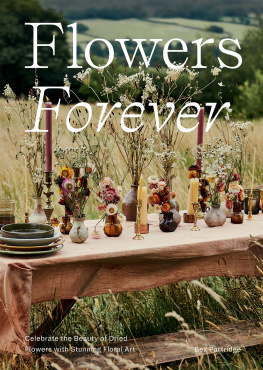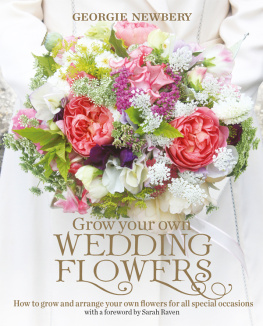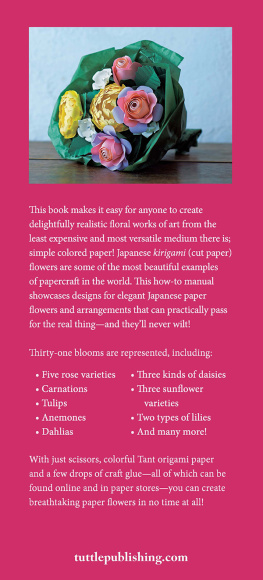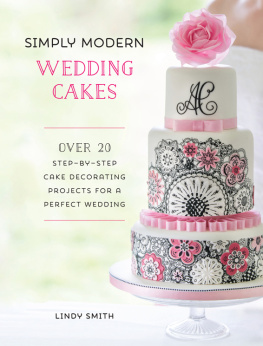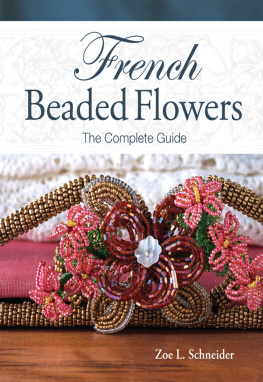Wedding Bouquets
and Flowers

JILL WOODALL
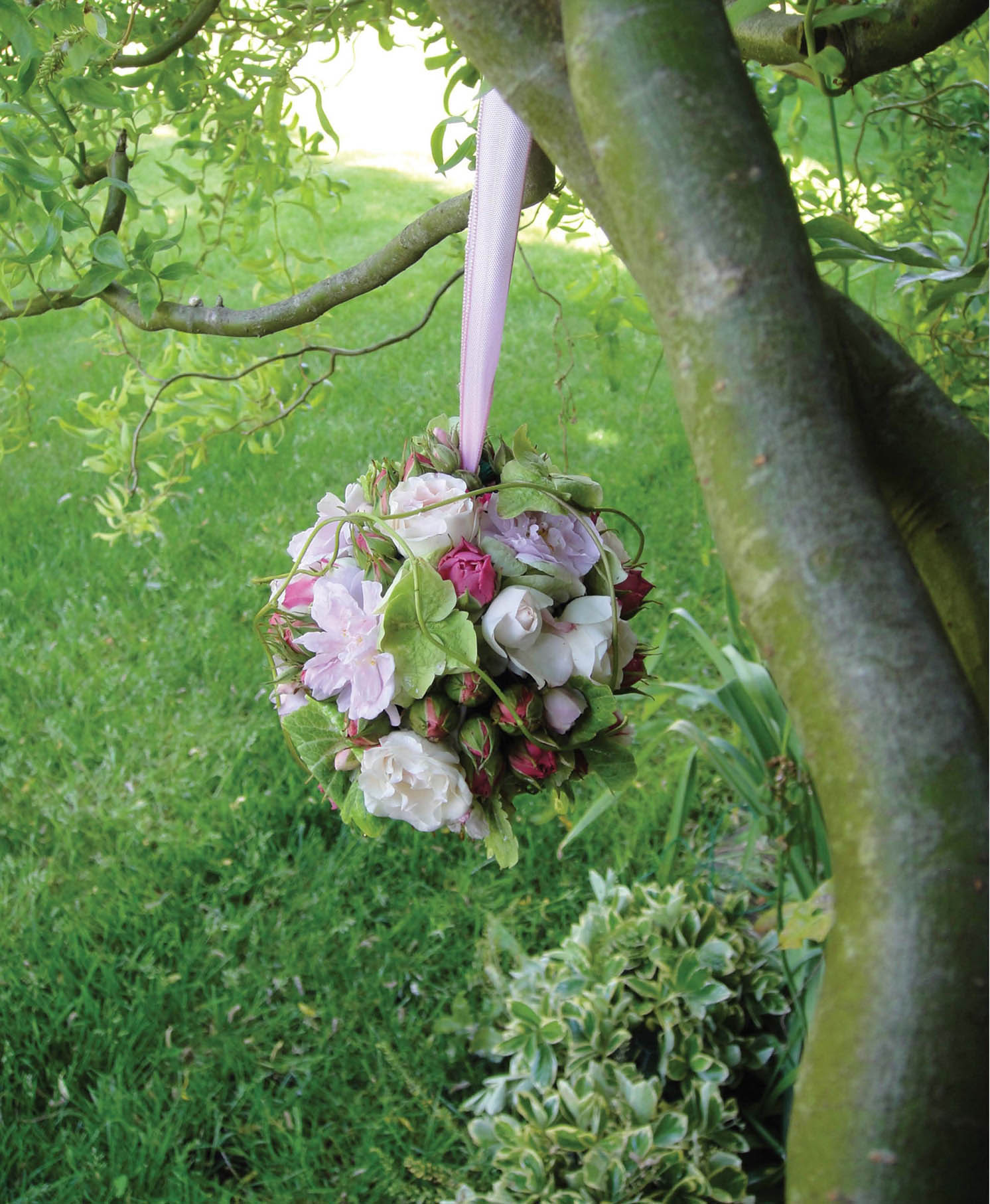
Wedding Bouquets
and Flowers

JILL WOODALL

THE CROWOOD PRESS
First published in 2017 by
The Crowood Press Ltd
Ramsbury, Marlborough
Wiltshire SN8 2HR
www.crowood.com
This e-book first published in 2017
Jill Woodall 2017
All rights reserved. No part of this publication may be reproduced or transmitted in any form or by any means, electronic or mechanical, including photocopy, recording, or any information storage and retrieval system, without permission in writing from the publishers.
British Library Cataloguing-in-Publication Data
A catalogue record for this book is available from the British Library.
ISBN 978 1 78500 271 7
Contents

Preface
M y introduction to the world of flowers began, as it does for so many of us, when I was a child. I remember meadows swaying with tall grasses, moon daises nodding their heads, purple clover underfoot and bright red poppies dotted in random swaths of colour. Hedgerows that were not only handy hiding places, but also gave us hawthorn berries and blackberries to forage. Dark, quiet, and mysterious woodlands where dappled rays of the sun shone down on carpets of spring bluebells, with pungent wild garlic filling the air. Bright green moss clinging in crevices on old stone walls, growing in wet and soggy clumps on the woodland floor and creeping over dead tree stumps only to be interrupted by unfurling fronds of fern.
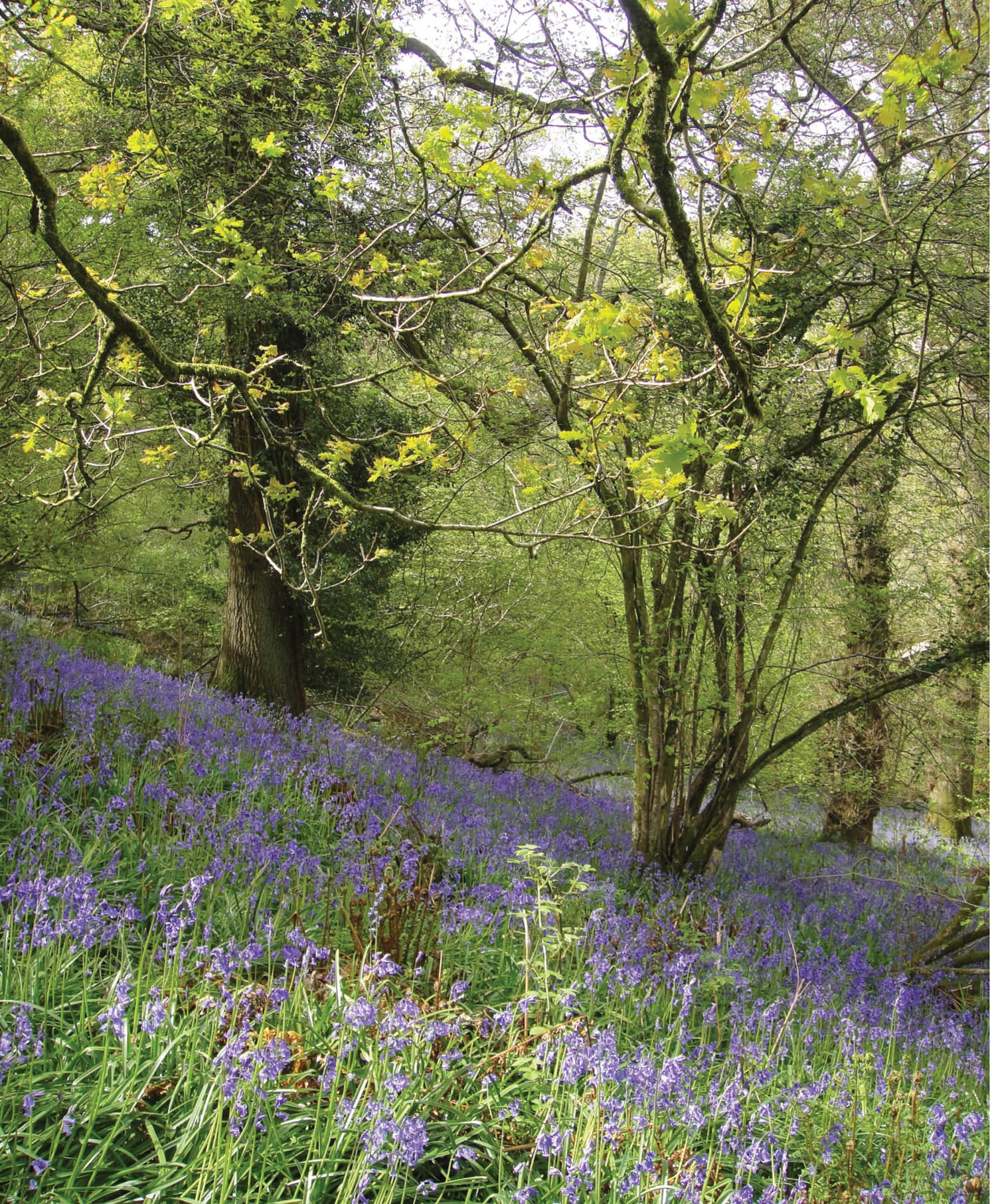
English bluebell wood.
Lime green catkins that appeared like velvet to the naked eye showered plumes of pollen when touched, and who could resist picking twigs of soft, silky, white pussy willow. In fields where mushroom fairy rings could be chanced upon we would dance around to make a wish. Mature trees with their large canopy of branches made shelters from the sun where one would sit and while away the time, or climb to the top for that ultimate lookout post. In the autumn, cobnuts, brown shiny conkers and chestnuts with green prickly husks were plentiful. And of course, every little girl knew how to make daisy chains into circlets, necklaces and bracelets. A carefully picked posy was all it took to engage my passion for flowers. But the greatest pleasure for me was to see the delight on my mothers face when she was presented with this wild bunch. I still feel the same pleasure and delight today when presenting brides with their freshly made wedding bouquets. The flowers I gave my mother that day took pride of place on the kitchen windowsill in a mix-and-match of old jam jars and milk bottles. After a few days the lifeless brown twigs with large sticky buds burst into life and developed into bright green leaves. It was magical, and turned my inquisitive mind to all the things that nature could show me.
Today when learning floral art, students are encouraged to observe nature in all its forms (the seeing eye). This helps to identify growth, texture, form, colour, space and harmony, all of which are key to understanding and practising floral art, which seeks to bring order out of chaos. I hope this book will be a foundation on which to build your confidence and inspire you to produce your own creative and unique floral art.
Teaching at my flower school (www.bristolflowerschool.co.uk) and pleasing others is a reward in itself, so go on, make a bride happy!
Chapter 1
The History of Wedding Floristry
P lant material has been used for decoration and symbolism since early civilization, and consciously or unconsciously we still partake in rites and rituals long associated with wedding flowers today. How wonderful it is that in the twenty-first century we continue on with traditions practised thousands of years ago.
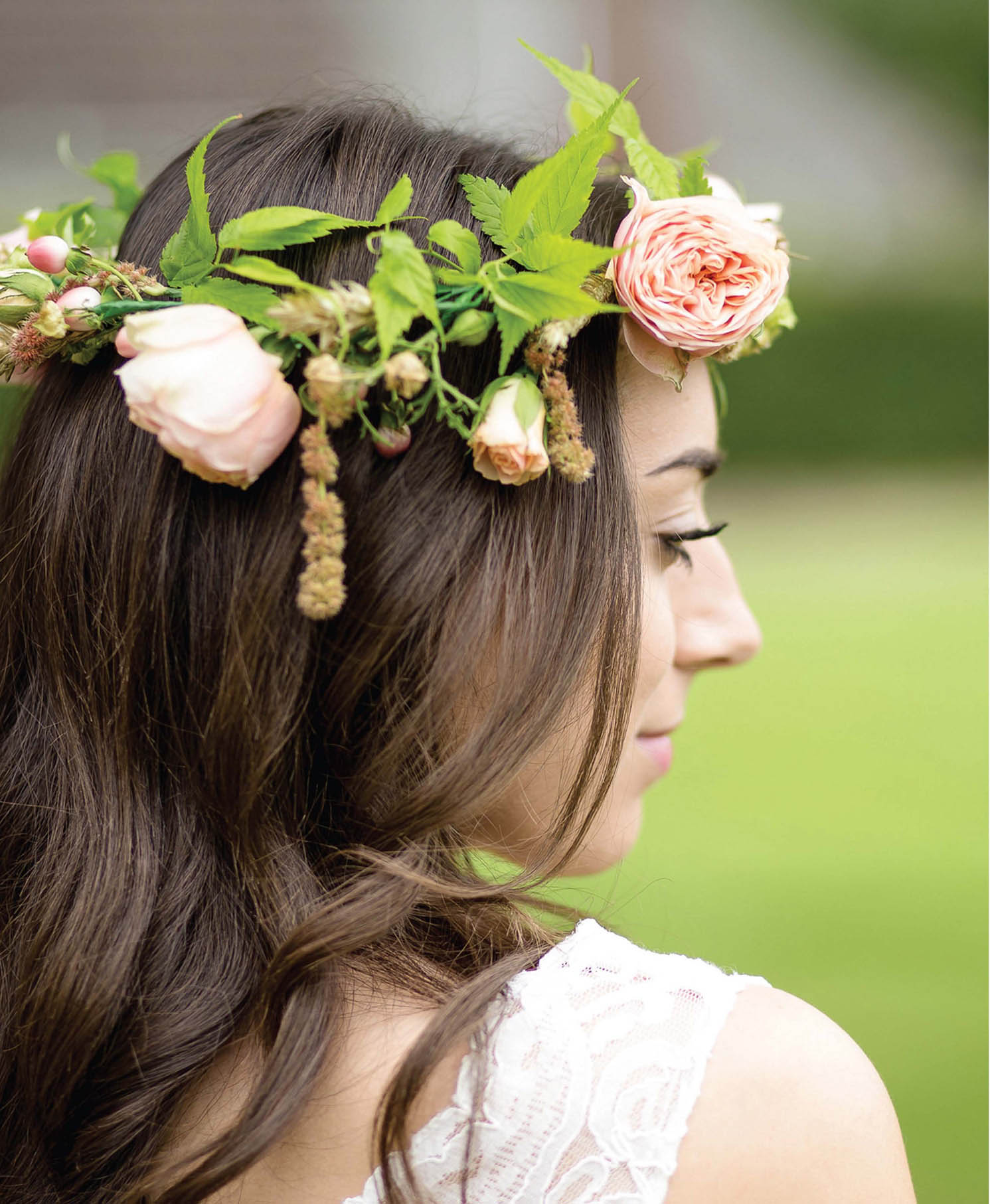
Brides throughout history have worn chaplets of flowers.
Although modern brides may have little understanding of the original importance of flowers at weddings, they certainly would not think of walking down the aisle without carrying flowers in some shape or form. Why is this? Lets start to answer that question by taking a look at the history of wedding flowers and how that usage has evolved over time.
The Egyptian Era: c. 3000332BC
The Egyptians left a wealth of information recorded in their hieroglyphs and paintings, and preserved in their tombs. They were agricultural people living in peace on the banks of the River Nile, enabling them to cultivate many plants and flowers, which were sometimes used as religious offerings, including to the fertility gods. Osiris was seen as the mother god of all growing things and was honoured with flowers by those hoping for a happy, long life. Women during this period were seen wearing chaplets and headbands consisting of blue cornflower, white mayweed and pink flowers; collars of papyrus, olive, pomegranate, and willow leaves folded as clasps to hold water-lily petals; and holding gorgeous bouquets of papyrus, lotus and poppy. There is no evidence of these flowers being worn by brides and grooms, but as they were used for special ceremonies this may have included weddings. The blue water lily, whose perfume was said to be a sexual stimulus, was used to make wax cones. The cones could be seen attached to headbands worn by women. In the heat, the cones would gradually melt and cover their wearers bodies with perfume. Roots of the mandrake were also dug up and used to make love potions.
The Greek and Roman Eras: 600146BC and AD28325
The Greek and Roman periods were very similar in climate and flora. Greeks and Romans recorded many details about plants and flowers and featured them in mosaics, carvings on vases, and wall paintings, as seen in The Aldobrandini Wedding held in the Vatican Library in Rome. Greeks and Romans appreciated beauty in all its forms and used plant material to honour their gods, especially Flora, the goddess of flowers and spring, and Juno, the goddess of marriage. It is during this period that we see the first evidence of flowers being crafted specifically for weddings.

The Greco-Roman God Hymen with nuptial crown.
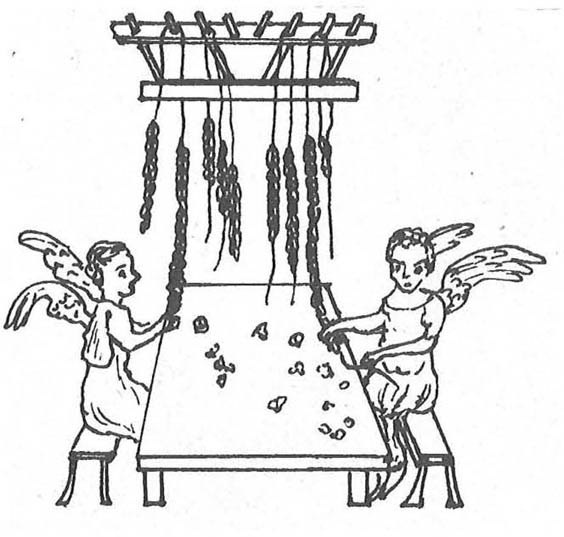
Garland makers in the Market Place.
Marriage ceremonies in these times were carried out in the home, not in a temple. The bride dressed in a long white tunic with a girdle tied round her waist in a double knot, called the knot of Hercules. A transparent flame-coloured veil covered her face and her head was crowned with a garland of myrtle and orange blossom. Saffron-coloured sandals were worn and the outfit was finished with a yellow cloak. The bride would have had bridesmaids to assist her and they all, along with the guests and the groom, wore flower crowns. Interestingly, the person who carried the bride over the threshold of her new home would have been the best man, not the bridegroom. The bridal procession to the grooms house was led by a young boy carrying a Ceres torch to light the way, and the doors of the grooms house and the bridal bed were garlanded with roses and myrtle. Myrtle was also placed in large pedestal vases for wedding preparations, and as an offering to Venus.
Next page
